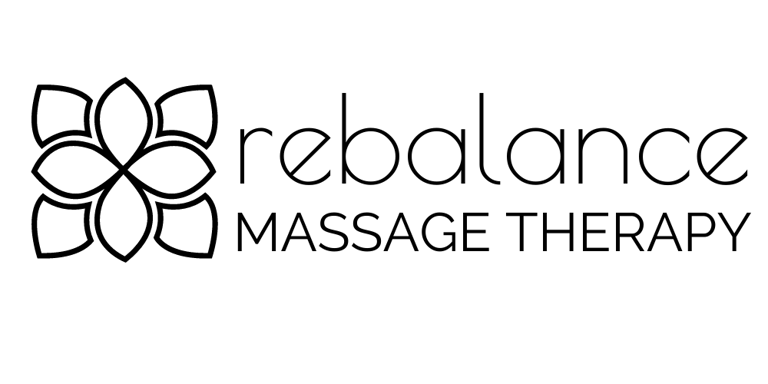How to Find the Right Massage Therapist for You — and Why It’s Worth Taking the Time
Learn how to find the best massage therapist for your needs — plus what to ask, what to look for, and how to get results for chronic pain and posture issues.
Laurie Kessen
11/9/20253 min read


Lately, I’ve been thinking about how we actually choose a massage therapist. A client of mine recently moved out of state and said, “Laurie, I don’t even know how to find someone who does what you do.” It made me realize — that’s a common problem.
Massage therapy is such a personal experience. Every website you visit, every review you read — it’s all based on someone’s opinion. What feels amazing to one person might feel uncomfortable to another. Even as a massage therapist, I know what I hope my work feels like, but every client experiences it through their own lens.
That’s the beauty and the challenge of bodywork — it’s completely individual. Some people love deep pressure. Others want something gentle and calming. Some come for relaxation, others for relief from chronic pain.
So how do you find the right therapist for you? Let’s break it down.
1. Know What You’re Looking For
Start by asking yourself: What do I want from this massage?
Are you looking for general relaxation, stress relief, or help with a specific issue like back pain, hip stiffness, or shoulder tension? The clearer you are, the easier it is to find the right fit.
If your pain has been around for a while or is limiting what you can do, look for a therapist who specializes in chronic pain relief and postural correction. At my offices in Bellingham, WA and Custer, WA, I combine traditional massage techniques with the MyoKinesthetic System, a unique method designed to rebalance posture and reset the nervous system.
Try searching Google using keywords like:
massage for chronic pain near me
postural alignment massage
MyoKinesthetic treatment Bellingham
best massage for hip pain/back pain/shoulder pain
These search terms will help you find therapists who focus on long-term results, not just temporary relaxation.
2. Check Credentials
Always make sure your massage therapist is licensed. Licensing provides a safeguard for clients by confirming the therapist understands proper techniques, anatomy, safety protocols, and ethical standards, which protects you from potential risks like injury or poor hygiene.
In Washington State, you can look up a therapist’s license number on the Washington State Department of Health website. Reputable therapists list their license number on their business materials — you’ll see mine on my website and business cards. I also have a copy of my license hanging on the wall inside my office.
3. Read Reviews — and Look for Patterns
Reviews can tell you a lot — but look for themes, not one-off opinions.
Do clients mention feeling more mobile, sleeping better, or having less pain after their sessions? If you’re struggling with ongoing pain, seek reviews that talk about real, lasting improvement — not just “it felt nice.”
At Rebalance Massage Therapy, many clients say things like:
“I can finally get through a workday without pain.”
"My pain level and range of motion has been improving quickly."
“My hip and back pain are gone, and I feel aligned again.”
Those kinds of outcomes are what you want reflected in your research.
4. Have a Real Conversation
Don’t underestimate the power of a quick phone call or consultation.
I often speak with new clients on the phone before their first appointment. That gives us a chance to talk about what’s going on in their body, what they’ve tried before, and what they hope to achieve. That simple conversation helps us both feel more confident and ensures the first session is truly personalized.
If you’re searching online, send a quick message or ask for a free consultation. A good therapist will gladly take a few minutes to talk with you.
5. Try Them — and Give It a Second Chance
Finding the right massage therapist is a bit like dating — you might not find “the one” on your first try.
If something feels a little off, speak up. A good therapist wants your feedback. Sometimes a small tweak — lighter pressure, a change in focus, or a different type of lotion — can make all the difference.
Therapeutic work is a partnership. The more you share about what works for you, the better your results will be.
A Personal Story
Not long ago, I booked a massage. The therapist was skilled and professional — but the session just didn’t feel right for me. The pressure and the pace didn't jive with what my nervous system needed. I love getting work on my neck and hip muscles and this massage therapist hardly touched those areas.
Afterward, I realized the issue wasn’t the therapist’s ability. It was a mismatch of style and preference. That experience reminded me how deeply personal bodywork is — and how much finding the right fit matters.
Final Thoughts
Finding the right massage therapist isn’t about finding the “best” one — it’s about finding the best one for you.
Whether you’re looking to relieve chronic pain, improve posture, or move freely again, take the time to research, ask questions, and trust your gut.
If you’re in the Bellingham area, I’d love to help you discover how good your body can feel again.
